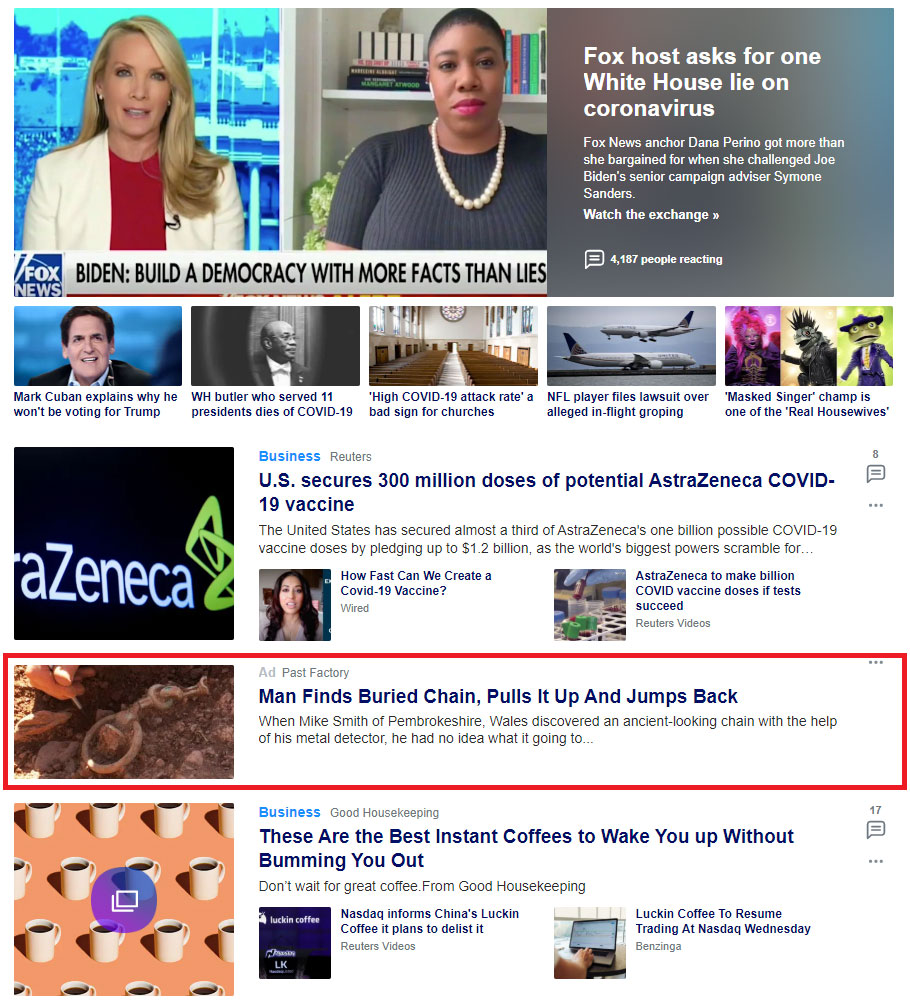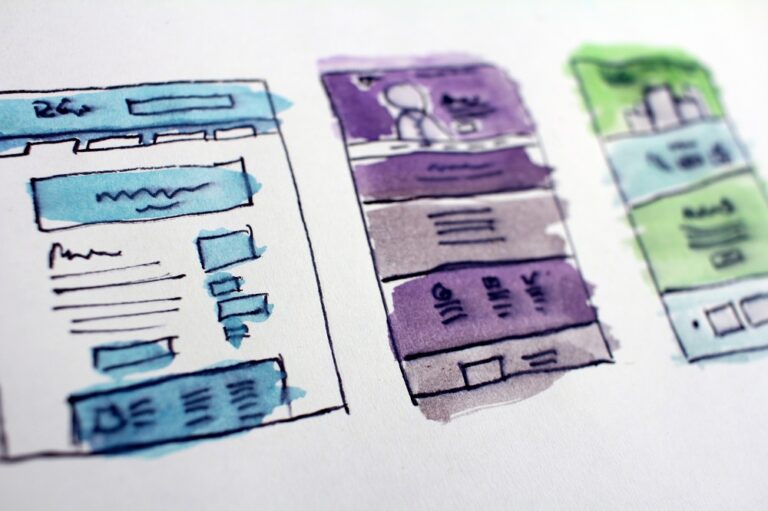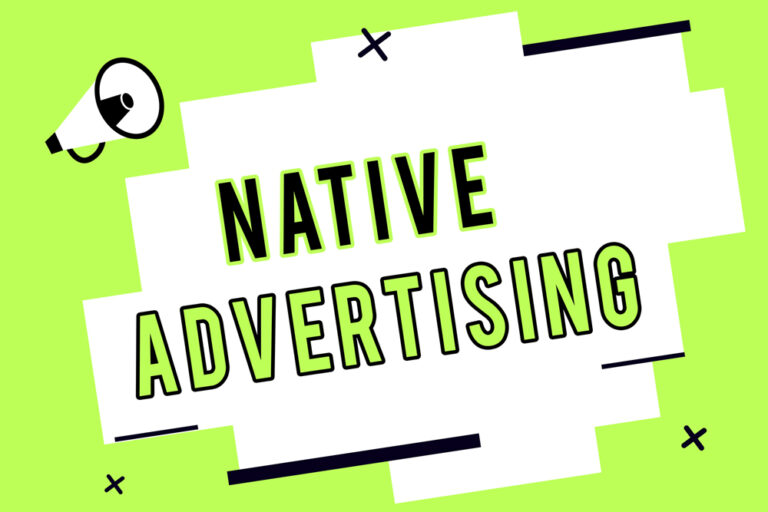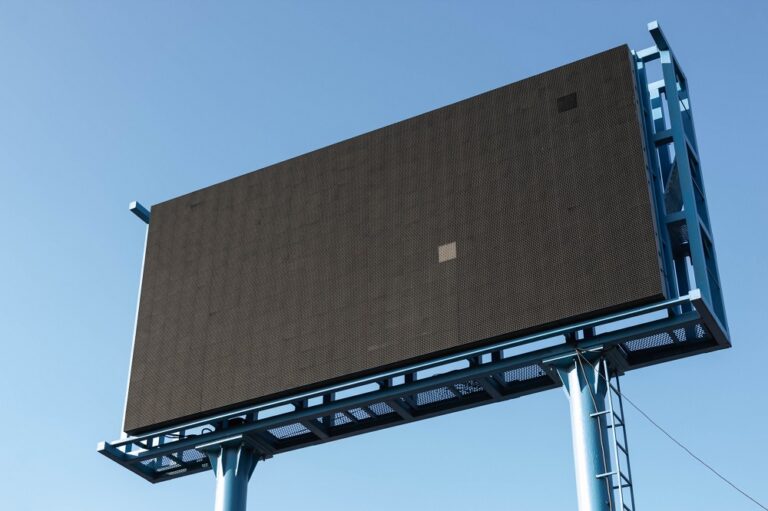Where Are Native Ads Effective And How Do I Use Them?
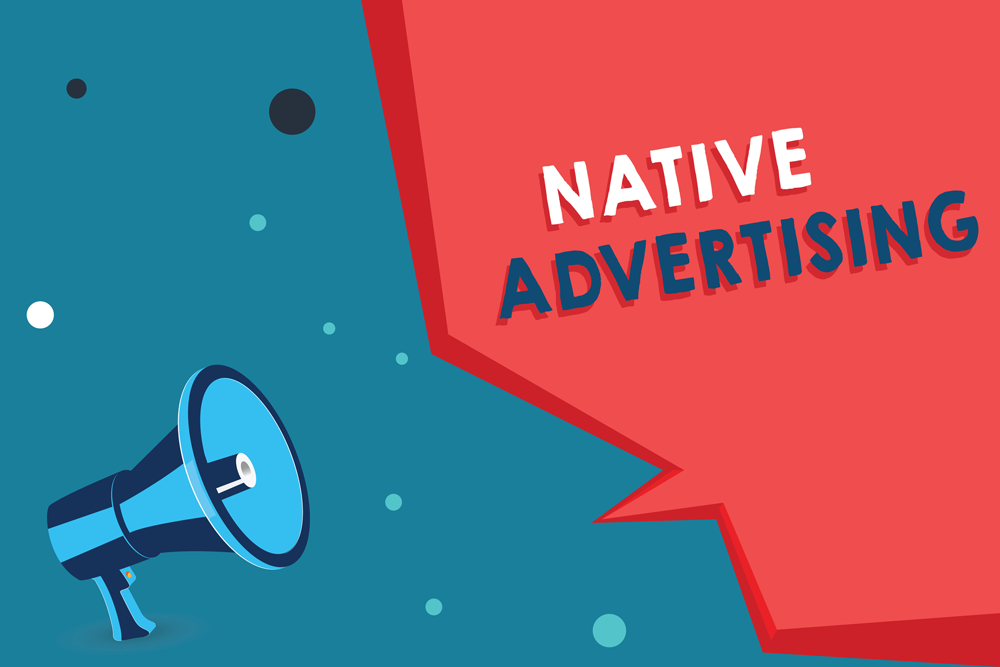
Traditional digital advertising has become so ubiquitous these days that people have started to become blind to it. Some install ad blockers to stop seeing banner ads altogether, while others develop banner blindness from being bombarded by the same banner ads over and over.
All in all, this has led to a massive CTR decrease from a whopping 44% for the first banner ad in the history of the Internet, to a negligible 0.05%.
At the same time, the demand for ads keeps growing, driving CPCs in Facebook Ads and Google higher and higher. This compels digital marketers to look for other, less crowded marketing channels, and native advertising has proved to be one of them.
What is Native Advertising?
In a nutshell, native advertising is the use of ads in a way that would match the look and feel of the media they appear in.
You can usually find native ads in the form of sponsored content in your social media feed, or as recommended content on a web page.
Native ads don’t usually look like ads at all, but rather like part of a website’s editorial content. This helps marketers expose the website’s readers to advertising content while avoiding all the cons that come with banner ads.
Native Advertising Examples
Here’s a good example of native advertising on Facebook:
This is one of the many examples of native ads I’ve found in my Facebook desktop feed. As you can see, the post is marked as Sponsored. Also, instead of taking the visitor to the enquiry page for one of the company’s services, it takes the visitor to a landing page where they are offered to download a free spreadsheet.
Another great example of using native ads is the Yahoo website:
As you can see, a sponsored ad is placed naturally in the same news feed with editorial content. Unlike the Facebook example above, in this case we land on a content website with lots of editorial articles and Google Ads.
These two different examples also tell us that native advertising can be leveraged not only to gather leads for the product and services that you are selling, but also to increase traffic to your website if that’s what you need.
Sponsored Content vs Native Advertising vs Content Marketing. What is the difference?
We’ve already touched base on what native advertising is, but what is sponsored content? And where do sponsored content and native ads stand in your overall content marketing strategy?
What is Sponsored Content?
Unlike a standard native ad unit which when clicked, takes you to a third-party website, sponsored content is published on the same website and takes you to an inner page of that website.
Sponsored content can be created by you, or by the site owner themself. Sponsored content can be in the form of a blogpost, videos, SlideShare, infographics, or any other type of content you can imagine.
Sponsored content is usually published and placed for life. In some cases, the site owner may want to publish your content for just one year. After that, they might delete your content.
Another huge difference is the process of how you secure publications. With native ads, you would usually do this via a native advertising platform. With Rontar, all you need to start a native advertising campaign is come up with a headline and a description, and have a target page.
With sponsored ads though, you need to establish a guest post outreach process and negotiate with each website separately. Alternatively, you could use one of the many influencer marketing platforms like Intellifluence, where all the legwork has been done for you. When you reach out to someone using these platforms, you can rest assured that they will not be surprised to hear a sponsored content pitch. The positive response rate will be much higher as well.
Native Advertising as Part of Your Content Marketing Strategy
Content marketing can come in many forms and shapes. But in essence, you create content and then publish it either on your website or a third-party website to expose that content to a new audience. In either case, your reach is limited to the audience of that media. However, you could go the extra mile and amplify that content using native ads to reach an audience far beyond the media it’s published on.
Native ads can not only be used to amplify the original reach, but also to shorten the timeframe within which you will get results from your content marketing efforts. For example, instead of waiting for six months to a year before your content creation efforts kick in, you could create a native advertising campaign right after your first piece of content is out. Just create a native ad, specify your newly published blogpost as the target page, and then select your target audience. In a few hours your campaign will be up and running and you will be getting new visitors to your brand new content. No need to wait.
A bit later I will show a few examples of how this can be done for both eCommerce and B2B businesses.
Benefits of Native Advertising
In the eyes of consumers, there are a lot of benefits and advantages to native ads over traditional banner ads:
- Native ads get more attention from consumers. According to a study, consumers look at native ads 53% more frequently than display ads.
- Native ads create an 18% increase in purchase intent.
- Native advertising registers a 9% higher increase in brand affinity than banner ads.
- According to a survey by Time Inc, around two thirds of the younger internet audience, including Gen Z, millennials, and Gen X, prefers custom content including native ads over traditional advertising.
How Do I Use Native Advertising?
Depending on the type of business you have, you can leverage native advertising in a few ways.
Native Ads for eCommerce
Imagine you have an online store selling airplane neck pillows. According to Google Keyword Planner, there are only 800 monthly searches. Obviously, the demand for this product is not limited to just those people who are proactively looking to buy an airplane neck pillow.
So how do you reach people beyond just those who are actively looking? Here’s a concise step-by-step guide of what you could do:
- Reach out to the most prominent travel websites and offer to write a blogpost for their website about the top 5 accessories every frequent traveler should have. The list will include the airplane neck pillow that you sell and a link to your store for shoppers to buy it. Important: Alternatively, you could create a blogpost on your own website. This would definitely take less effort, but it might not work as well as a publication on a third-party website. When consumers see other people mention the products you sell on their website, they consider it as an unbiased endorsement. When they see it on your own website, they might see it as an ad.
- Once the blogpost has been published, create a native advertising campaign with Rontar. Specify the newly published blogpost URL as your target page. Come up with a headline and a description, also set your target audience to Tourism and Travel. Here’s a short guide on how you can do that.
- Wait a week or more to calculate your ROI. If it is working out well, just increase your advertising budget. If it isn’t, try adjusting your campaign settings, including audience targeting and CPC. Alternatively, you could consider writing another blogpost where you would focus on your product specifically, rather than a list of products. This will require some experimentation on your end.
Native Ads for B2B
Imagine you’re selling HR software for SMBs. Here’s what you could do:
- Reach out to the biggest small business owner communities and offer to write a blogpost for their website about building out an effective hiring system in a company. In the blogpost, you will use your HR software as an example. Important: as in the example with an eCommerce business, you could alternatively consider publishing the blogpost on your own website.
- Once the blogpost has been published, create a native ad campaign with Rontar. Specify the newly published blogpost URL as your target page. Come up with a headline and a description, also set your target audience to Job and Career.
- Wait a week or more to calculate your ROI. If it is working out well, just increase your advertising budget. If it isn’t, try adjusting your campaign settings, including audience targeting and CPC. Alternatively, you could consider writing another blogpost where you would focus on your software specifically, rather than a more general topic. This will require some experimentation on your end.
Native Ads for Content Projects
This one is really simple. Imagine you have a news website and your main goal is to grow your website visitors. In this case, there’s no need to write content for third-party websites whatsoever.
Every time you publish news on your website that you feel has the potential to attract a lot of traffic, just create an advertising campaign with broad audience targeting and low target CPC. Your target page would be the news page on your website.
Native ads are currently the go-to method for growing content websites fast.
Native Ads for Affiliates
If you’re promoting any type of mainstream product, including most of the products that one can buy on Amazon, please refer to the Native Ads for eCommerce section above. You could use the same method to promote your affiliate websites.
But what about less mainstream products, especially those that are not allowed to advertise on Google? If you’re promoting bodybuilding supplements, you may have a hard time starting Google Search Ads. The same goes for lots of other types of products that are completely legal but are not allowed in Google Ads.
If this is your case, starting a native advertising campaign may be one of the few advertising options still available to you. The approach is the same: create a blogpost on a third-party website, then start a native advertising campaign. Don’t forget to track your ROI and make changes if necessary.
Bottomline
If the cost of advertising on Facebook and Google has gone too high, or if you’re just looking for a less crowded source of traffic for your website, consider running native ads.
No matter what kind of business you’re in, most of the time all you’ll need to try it out is a blogpost published on your or a third-party website and five minutes of your time to create a native advertising campaign in Rontar.


